Have you ever thought about where Australia's most-loved fruit begins its journey? Let's take a look at the world of banana farming! Whether you're a backpacker seeking a unique Australian experience or a young local hunting for a hands-on job, here's your chance to be a part of this a-peel-ing venture.
Every day, Australians munch through over five million of these tropical delights but they’re more than just a convenient, on-the-go snack. Behind their vibrant yellow peel lies a story of dedication, skill, and an Australian tradition that spans decades. Whether you’re a backpacker hungry for genuine Aussie experiences or a local wanting to dive into farm work, here’s your invitation to explore the world of banana farming, where hard work meets rich rewards
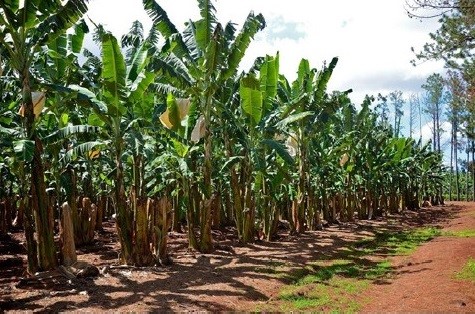
The Landscape of Banana Farming
Australia produced around 374,000 tonnes of bananas in 2022 with 94% grown in Queensland.
Far North Queensland is the powerhouse for the industry, especially around the towns of Tully, Innisfail, and Johnstone where the landscape is enriched with banana plantations.
Beyond Queensland, small areas of production occur in the Northern Territory and the subtropical regions of northern New South Wales and in Carnarvon, Western Australia, broadening the nation’s banana landscape.
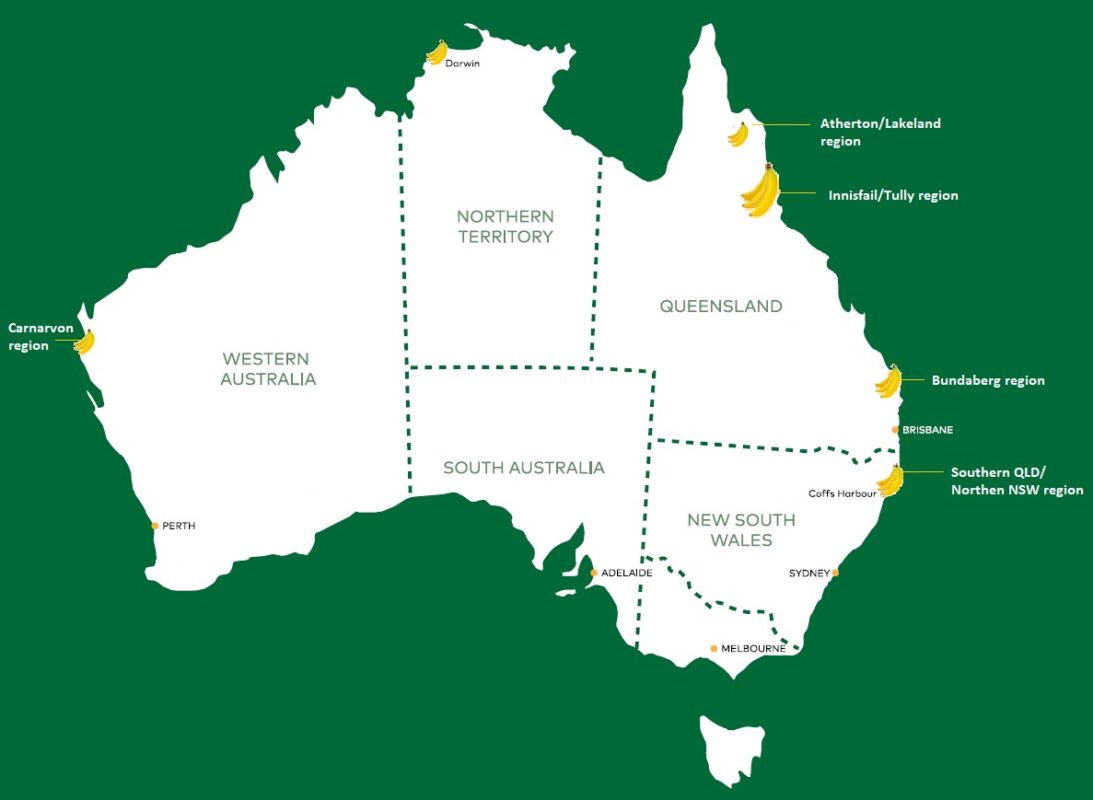
The Legacy of Bananas Down Under
Australia’s relationship with bananas dates back to the 1800s when Chinese migrant communities introduced the first banana plants to the country.
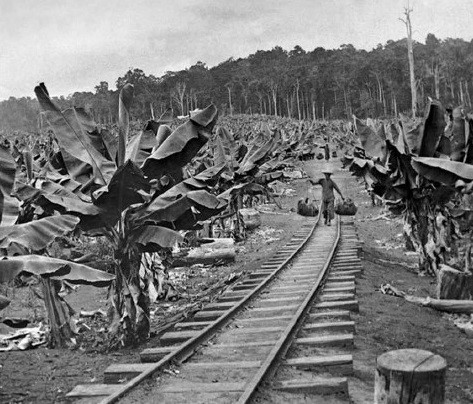
Fast forward to today, the Cavendish variety has emerged as a consumer favourite, cherished for its creamy, smooth texture. The success of the Cavendish banana isn’t just a matter of taste—it is also resistant to certain soil fungi that threaten other banana species.
From Field to Fruit bowl
Every task requires dedication, from harvesting heavy banana bunches weighing 35-50 kgs to ensuring they’re packed right. Check out this video from the Australian Banana Growers Association and see what it is like working on a banana farm.
Harvesters
Harvesting is an art and a rigorous exercise. Harvesters, known colloquially as ‘humpers’, work in pairs, transporting bunches to trailers destined for packing sheds using shoulder pads. The journey from plant to packing shed doesn’t end there. Workers also engage in:
- Stringing: Offering support to the growing fruit bunches.
- De-leafing: Pruning older or damaged leaves.
- Irrigation: Ensuring optimal hydration for the plants.
- De-suckering: Boosting plant health by removing superfluous shoots.
- Bagging: Protecting the fruits from environmental threats with covers.
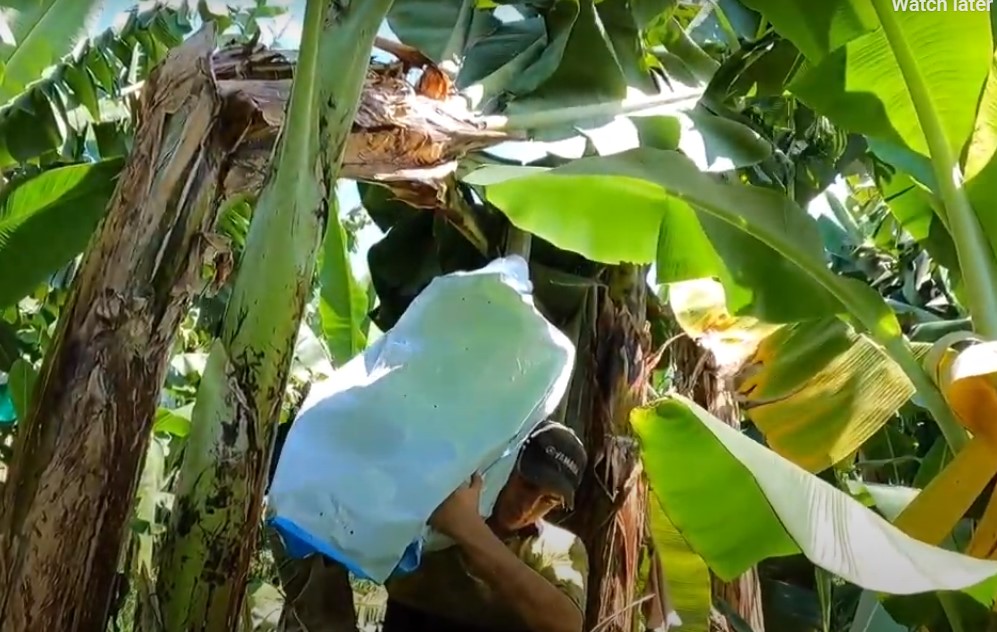
Packing:
The packing shed buzzes with activity as workers ensure each banana gets the attention it deserves. Bananas are detached, segmented into clusters of 3 to 9, and packed into cartons. These cartons are prepped for distribution across Australia.
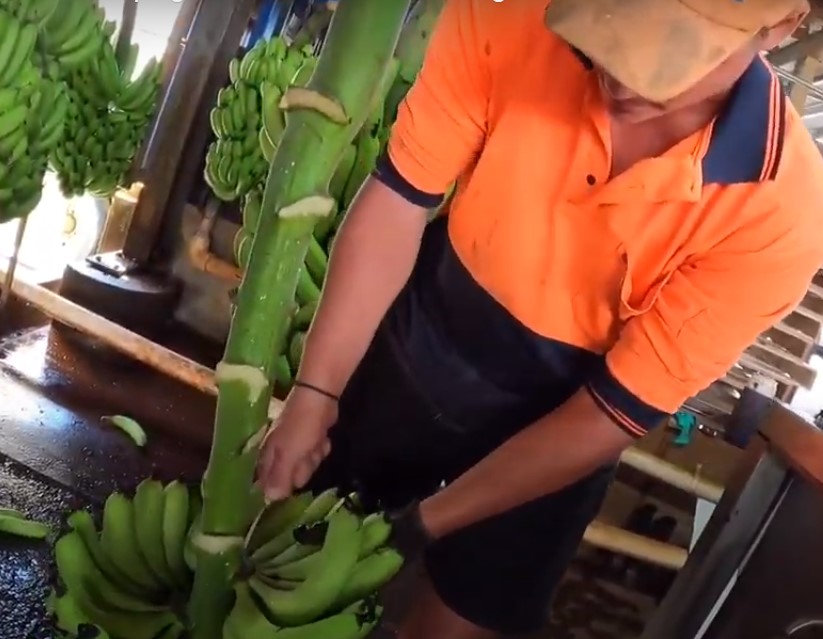
Ripening Rooms
Bananas continue their journey in specialised ripening rooms after harvest. Here, they mature in climatic conditions mirroring their original habitat, ensuring every banana reaches its intended destination with impeccable taste.
Biosecurity and You
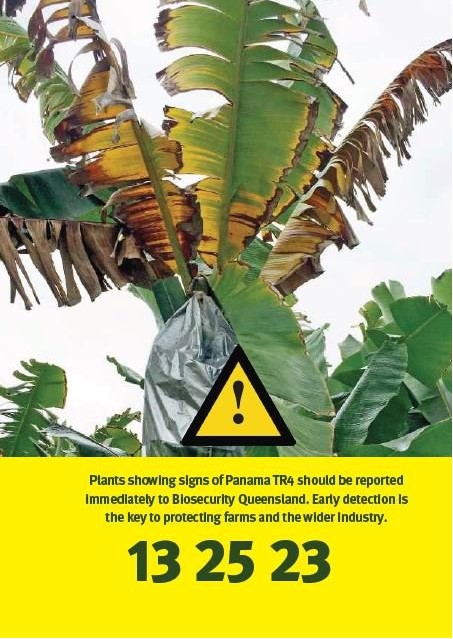
Australia’s banana farms are at the forefront of biosecurity, vigilantly protecting against external threats like Panama disease, also known as Panama TR4. This disease was first detected in the Northern Territory in 1997, devastating the local banana industry. In 2015, it infiltrated Far North Queensland. Five properties in the Cassowary Coast have confirmed cases. Yet, thanks to joint efforts between the Queensland Government and banana growers, the spread of Panama TR4 has been successfully controlled and contained.
If you happen to grow bananas and are looking to meet your labour requirements, contact the Harvest Trail Information Service Call Centre on 1800 062 332 who will either assist with recruitment directly or put you in touch with your nearest Harvest Trail Service provider.
